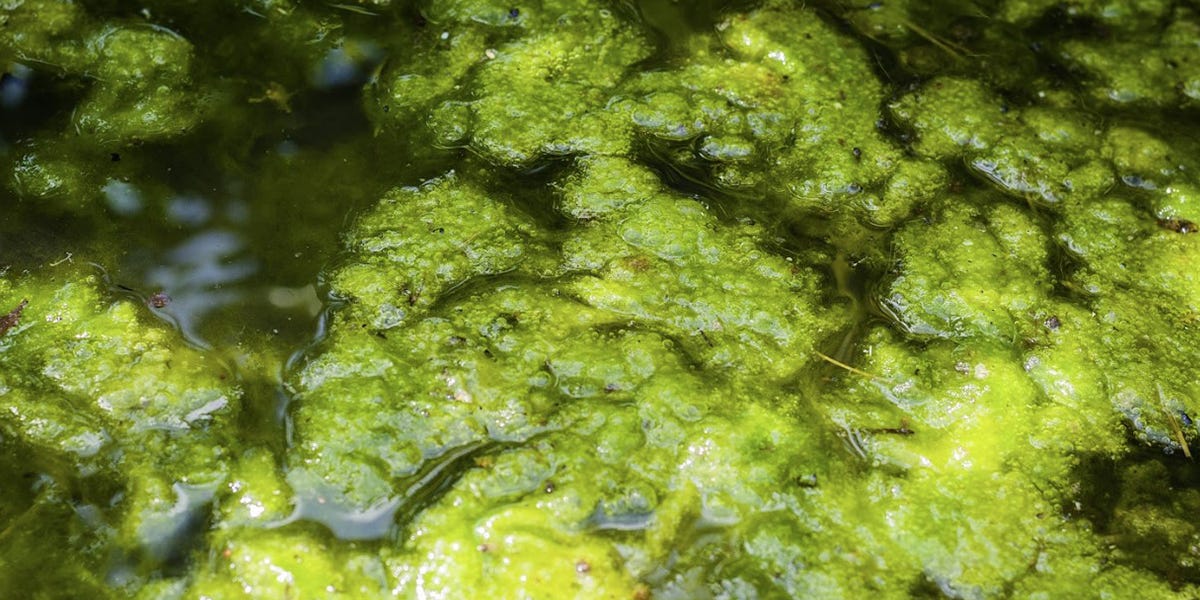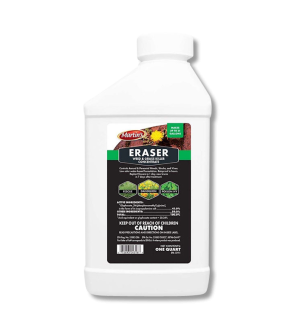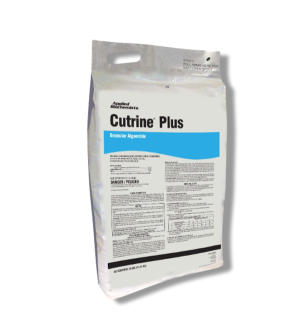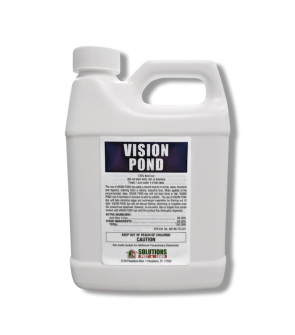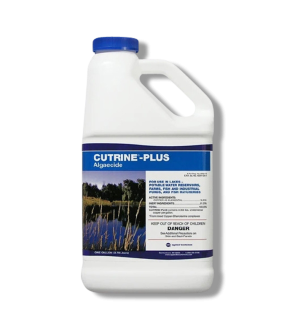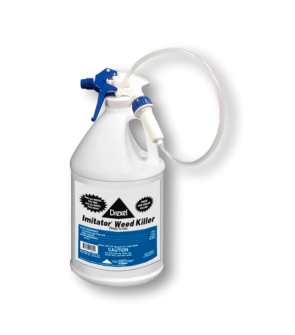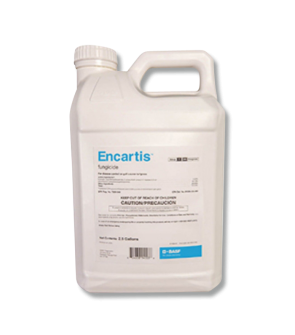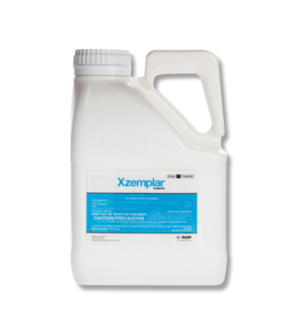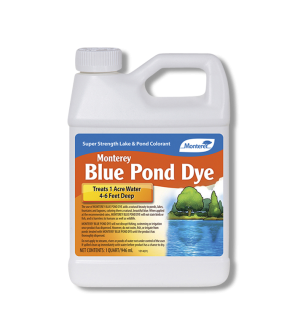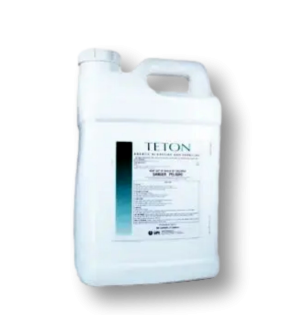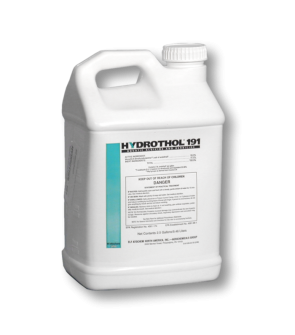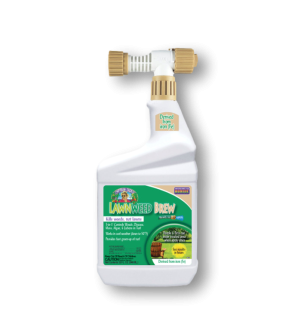Gain access to personalized product screening, the best pricing, rewards, and more!
Most Effective Products
Algae and Moss Control: How to Get Rid of Algae and Moss
This page is a general algae and moss control guide. Using the products and methods suggested, you will get control of algae and moss. Follow this guide and use the recommended products; we guarantee 100% control of algae and moss.
If we own a garden or lawn, we usually enjoy seeing greenery. However, green plant life, such as moss and algae, often grows where it is not wanted. These plants are usually an ugly eyesore when growing on a pond or concrete and other areas where they shouldn’t be.
Mosses are tiny plants with leaves and fine thread-like stems so small they can be one cell long. When many of these plants grow rapidly together, they look like they are painted on, especially when they grow on rocks and trees. Mosses can reproduce quickly via spores that travel by wind.
Algae is a plant organism similar to moss that grows primarily on bodies of water. Commonly known as “pond scum” because of its sliminess and tendency to create mats that sometimes completely cover ponds, this plant is primitive and differs from most plants that grow on lakes and ponds because it doesn’t have any roots, leaves, or other common plant structures.
If you see lots of moss on your lawn, this is likely because the conditions are favorable for the moss but not the grass. The moss takes up the space left by dead grass. Algae and moss can be complex to eliminate if you don’t have the right products or control approach. Some landowners have grown to embrace the unwanted greens. If you aren’t one of those types, you can eliminate algae or moss with algae and moss control chemicals.
Our DIY guide will show you how to remove algae and moss from your pond, lake, or lawn with professional-quality algaecides and moss-killer herbicides. By using our products below and following our step-by-step instructions, you will quickly and affordably eliminate your moss or algae problem.
Identification

Before proceeding with a treatment program, you must correctly identify moss and algae on your property. Misidentification can lead to wrong treatment products and a waste of time and money. There are many types of algae and moss, so we will focus on some general characteristics to aid in identification:
- Algae and moss are plants that are often confused with one another. Both plants can grow on water or land and can be nuisance plants that can cosmetically affect the appearance of lawns or pond surfaces.
- Moss are spore-like flowerless plants known for forming green mats or clumps in areas of high moisture and shade. They do not possess true roots, but they will have stems and leaves. To help anchor them in water or dry land sites with high moisture they will use rhizoids.
- Algae are rootless and stemless green plants that grow primarily in aquatic environments. Algae can differ in appearance depending on the species—from large kelp to microscopic algae. These green plants often grow so rapidly in water that the concentration of the algae can coat the surface of the water with a slimy scum texture or can make the clear water appear green.
Use the images and descriptions above to help you correctly identify moss and algae on your property. If you are unsure, contact us, and we will have one of our experts assist you with identification.
Inspection
After you have confirmed that you are dealing with either moss or algae, you must conduct a detailed inspection and analysis of the body of water or land that will be treated for the algae or moss.
Where to Inspect
Algae and moss typically grow in damp or shady parts of your property, such as on damp soil, tree bark, rocks, concrete, and other hard surfaces.
Between the two, algae is the only one that will appear in water, whereas moss will grow on land.
What to Look For
Depending on the type of moss or algae you have and where it is growing will determine how it will appear on your property.
Watch out for changes in color for water, a rotten egg-like smell from decaying vegetation, or if the surface feels slimy to the touch for algae.
For moss, look for dense, green clumps or a fuzzy, dark green appearance on various surfaces throughout your property. If you decide to touch it, it might feel spongy.
Treatment
Depending on whether you have moss or algae, we have the chemical products that will be the best for your lawn or pond. Before handling any herbicide chemical, we stress the importance of keeping yourself safe with personal protective equipment.
We recommend spot-treating moss with Eraser 41% Glyphosate. Glyphosate will kill all types of moss, but being non-selective, it will also kill or severely injure turfgrass or desired plants, so you need to limit usage to spot treatments where areas are covered by moss or areas that you plan to renovate.
For algae on the top surface of the water, we recommend applying Cutrine Plus Algaecide. Cutrine Plus is a copper-based algaecide that can control most filamentous and planktonic algae species. It is straightforward and cost-effective.
The granular version of this product, Cutrine Plus Granular Algaecide would be best for more submerged algae infestations.
Step 1: Mix and Prepwork
Before using Eraser, you will need to calculate the square footage of the area to be treated,
The square footage of the treatment area can be found by measuring the length and width of it in feet, then multiply them together (length x width = square footage).
Apply 1.5 oz. of Eraser in 1 gallon of water to treat 300 sq. ft. of area. For example, if you have measured 1,200 sq. ft. of area to be treated, you will need to mix 6 oz. of Eraser in 4 gallons of water.
To use either Cutrine product to treat algae, you will need to determine how much product you will need by calculating the acre-feet of the water body you wish to spray the product on.
To do this, measure the pond length, width, and average depth (Length x Width x Average Depth / 43,560 = Acre-feet). Be sure to measure in feet for the length, width, and depth.
To use Cutrine Plus Granular Algaecide, apply 1.5 pounds per 1,000 sq. ft. of water surface as a spot treatment. In areas less than 1 ft. deep, reduce dosage by 2 oz. per inch of water per 1,000 sq. ft. so as to not exceed 1.0 ppm copper.
To use Cutrine Plus Algaecide and Herbicide, mix 1 gallon of product with 9 gallons of water for most algae applications to treat 1.5 acre-feet of water.
Step 2: Apply Herbicide to Target Areas
Use a backpack or hand-pump sprayer to apply the chemical treatment to the water or your lawn.
Eraser 41% Moss Application
For most treatments, carefully spot-treat the areas where moss growth is heavy, ensuring no Glyphosate is on the desired turfgrass or plant life.
Cutrine Plus Algae Application
Mix and apply either of these products with a backpack sprayer or large tank sprayer for larger water body sites.
No more than 1/2 of the water body may be treated at one time for Cutrine Plus Granular Algaecide and Cutrine Plus Algaecide.
Prevention
Once the algae and moss have been removed, you must ensure these aquatic weeds do not return. Follow the suggested preventative measures to prevent algae and moss:
- We want to emphasize that unless something is done to reduce the nutrient richness in the water or pond, algae or moss will continue to be a returning problem. Moss thrives in wet, humid conditions and compacted soil. It also thrives in soils that have too much acidity. For moss prevention, regularly monitor your lawn for moss and conduct cultural practices such as proper fertilization, improving drainage, and aeration of compacted soil.
- Water your lawns deeply and infrequently, with about an inch each week. and your body of water for any algae issues, and apply your control products as needed. Ensure your pond or lawn gets adequate attention so moss and algae do not creep back up.
- To prevent algae, you can apply Vision Pond Dye to your pond. This product helps discourage algae regrowth and gives your water a clean blue color. Apply at a rate of 1 quart per surface acre of water at a 5-foot average depth.
- Pour the appropriate amount of Vision Pond Dye into a bucket based on your calculations, then pour the contents of the dye into the water, and it will naturally permeate through the entire water body.
Key Takeaways
What are Moss and Algae?
- Mosses are tiny grass-like plants that grow in dense green mats in damp locations. Moss is a good indicator that the condition of your lawn is not ideal for good growth, and raking away the moss is insufficient.
- Algae are single-celled and rootless aquatic plants that form on water bodies. They can be microscopic or large seaweed-like formations and can make water surfaces aesthetically unpleasant.
How To Get Rid of Moss or Algae
- We recommend Eraser 41% Glyphosate for moss control, Cutrine Plus Algaecide for algae control on the top water surface layer, and Cutrine Plus Granular Algaecide for more submerged algae control.
Preventing Algae or Moss Reinfestation
- Use cultural control methods like addressing drainage issues and aeration to ensure moss doesn’t reaccumulate on your property.
- To prevent algae, a Vision Pond Dye application is recommended to filter out UV light, hindering algae growth.






